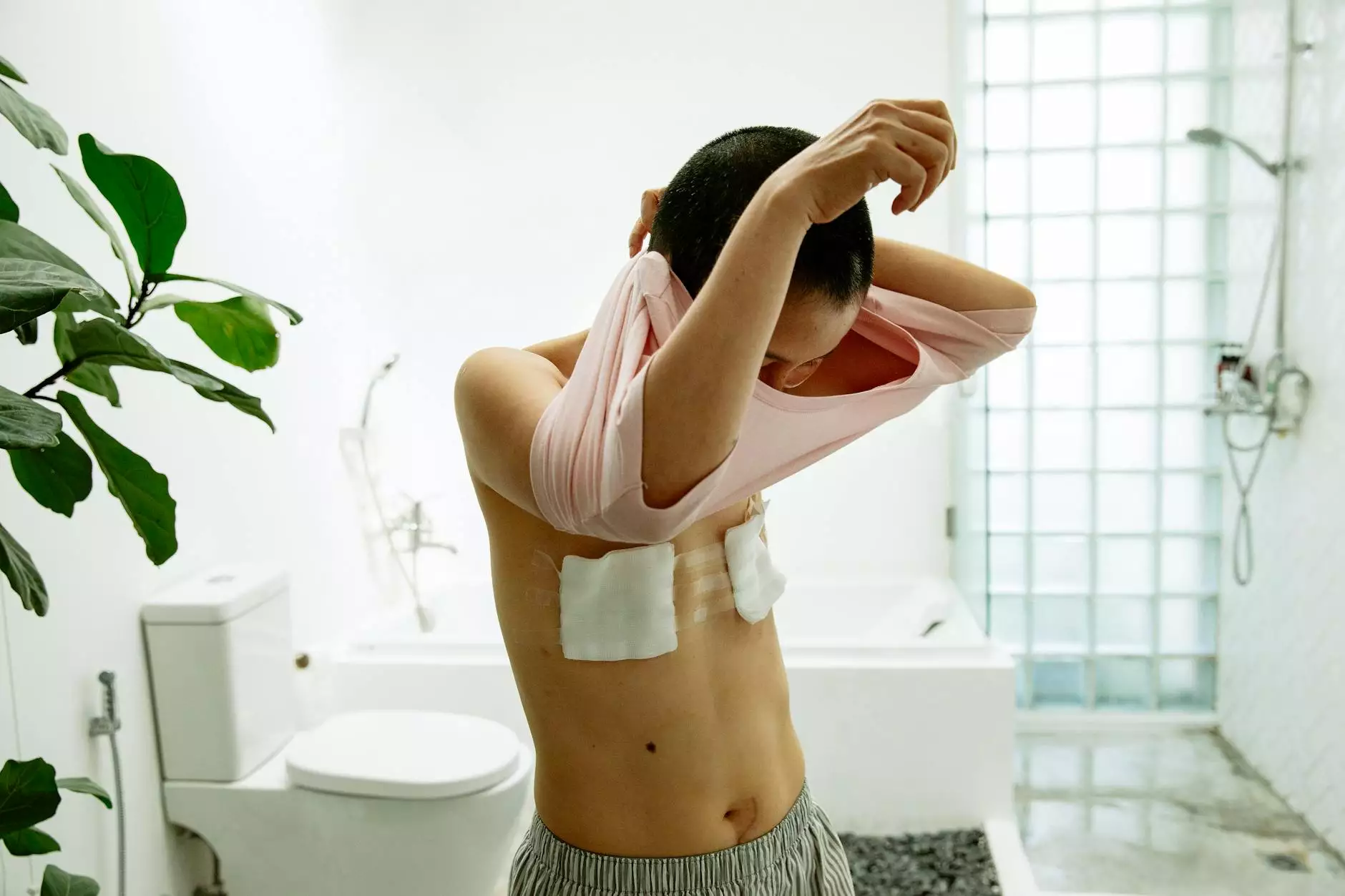Bilateral Salpingo-Oophorectomy: An Essential Guide to Women’s Health

The Basics of Bilateral Salpingo-Oophorectomy
Bilateral salpingo-oophorectomy is a surgical procedure that involves the removal of both the ovaries and fallopian tubes. This operation is crucial in managing various gynecological conditions and plays a significant role in the treatment and preventative measures against certain diseases. Understanding the reasons, procedures, and implications of this surgery is vital for anyone considering or impacted by it.
Why is Bilateral Salpingo-Oophorectomy Performed?
There are several reasons a doctor might recommend a bilateral salpingo-oophorectomy. These include:
- Ovarian Cancer: This is often a primary reason for performing the surgery, especially if there are genetic predispositions.
- Severe Endometriosis: In cases where endometriosis severely affects the ovaries and fallopian tubes, this surgery may provide relief.
- Pelvic Inflammatory Disease: Chronic infections can lead to the necessity of removing affected organs.
- Prophylactic Removal: For women with a family history of breast or ovarian cancer, the procedure can significantly reduce risk.
- Benign Tumors: Large ovarian tumors that cause discomfort or complications can also necessitate this surgery.
Understanding the Surgical Procedure
The procedure for a bilateral salpingo-oophorectomy generally follows these steps:
- Pre-operative Assessment: This includes blood tests, imaging studies, and a thorough evaluation of the patient’s medical history.
- Anesthesia: Patients are typically administered general anesthesia for the surgery.
- Incision: An incision may be made in the abdomen, typically laparoscopically (minimally invasive), although open surgery may be necessary depending on the patient's condition.
- Removal: The ovaries and fallopian tubes are carefully removed from the pelvic cavity.
- Closure: The surgical area is cleaned, and the incisions are closed with sutures or staples.
Post-operative Care and Recovery
Following a bilateral salpingo-oophorectomy, patients can expect a recovery period that varies in length, generally lasting several weeks. Essential post-operative care includes:
- Rest: Adequate rest is crucial for healing.
- Wound Care: Monitoring and caring for the surgical site to prevent infection.
- Pain Management: Use of prescribed medications to control post-surgery pain.
- Follow-ups: Regular check-ups with the healthcare provider to ensure proper recovery.
- Activity Restrictions: Avoiding heavy lifting and strenuous activities until cleared by the physician.
Potential Risks and Complications
Like all surgical procedures, a bilateral salpingo-oophorectomy comes with potential risks and complications, which may include:
- Infection: Post-surgical infections can occur but are generally manageable with antibiotics.
- Bleeding: May require additional treatments if severe.
- Anesthesia Risks: Allergic reactions or complications related to anesthesia.
- Hormonal Changes: Removing the ovaries leads to immediate menopause, which can include symptoms such as hot flashes or mood changes.
- Emotional Impact: Some women may experience emotional difficulties following the loss of reproductive organs.
The Impact on Hormonal Health
The removal of ovaries results in immediate menopause, significantly altering hormonal balance. Women should discuss hormone replacement therapy (HRT) options with their healthcare provider, which can help alleviate menopausal symptoms and reduce long-term health risks such as osteoporosis.
Long-term Health Considerations
After a bilateral salpingo-oophorectomy, it is essential to focus on long-term health implications. This includes:
- Regular Health Screenings: Continued surveillance for breast cancer and other health issues is vital.
- Lifestyle Adjustments: Maintaining a healthy diet and regular exercise can manage weight and improve overall health.
- Mental Health Support: Counseling or support groups can be beneficial for emotional adjustments following surgery.
Conclusion
Understanding the complexities of a bilateral salpingo-oophorectomy is crucial for women facing potential gynecological surgery. This procedure may not only address life-threatening conditions but can also significantly influence a woman’s long-term health. Open discussions with healthcare providers about options, benefits, and risks are essential for making informed decisions. At drseckin.com, we prioritize women's health and are committed to guiding patients through their healthcare journeys.
Remember: The path to health is a personal journey, and having the right information and support can make all the difference.









